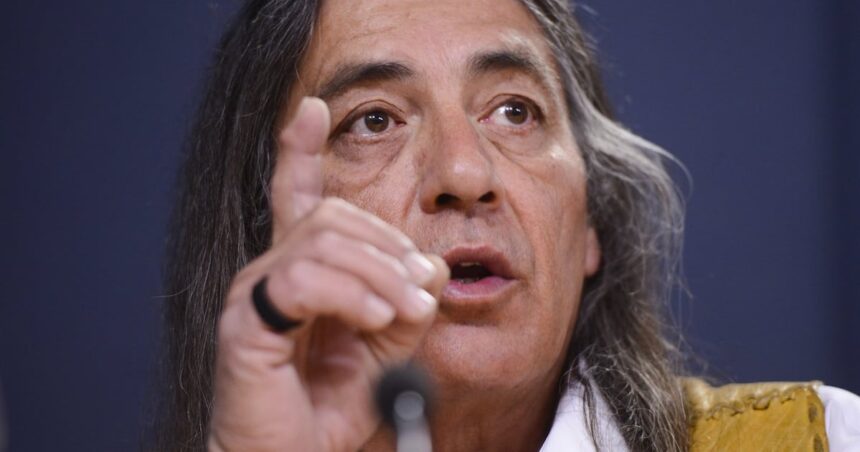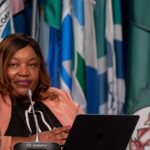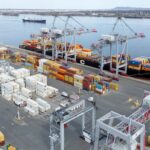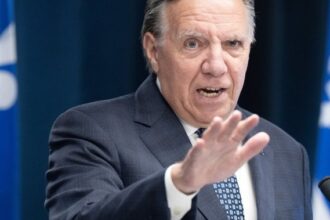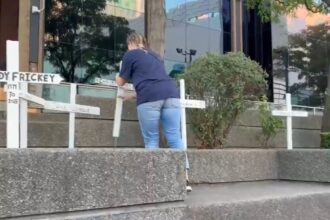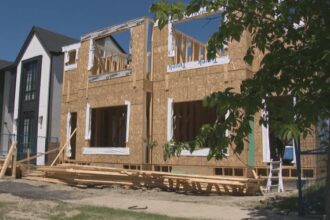The nation’s highest court has agreed to hear a contentious case pitting the Mohawk community of Kanesatake against a Quebec lawyer in a dispute over $2 million in legal fees that has escalated into a significant test of Indigenous governance authority.
At the heart of this complex legal battle lies a fundamental question about jurisdiction: Does a provincial regulatory body have the authority to adjudicate fee disputes involving an Indigenous government? The Supreme Court’s decision to review the case signals its constitutional importance in defining the boundaries between provincial powers and Indigenous self-governance rights.
The dispute originated when Kanesatake, located northwest of Montreal, retained lawyer Peter Hutchins and his firm to represent them in various claims, including the infamous 1990 Oka Crisis land dispute. After decades of legal representation, relations soured when the community disputed legal fees totaling approximately $2 million, prompting Hutchins to file a complaint with Quebec’s legal fee arbitration committee.
“This case extends far beyond a simple fee dispute,” explained Paul Dionne, a constitutional law expert at McGill University. “It challenges us to define the limits of provincial regulatory authority when it intersects with Indigenous self-government.”
The Quebec Court of Appeal ruled last year that the provincial body had jurisdiction to hear the fee complaint, effectively rejecting Kanesatake’s argument that as a self-governing entity, they should not be subject to provincial oversight in this matter. This decision prompted the appeal to the Supreme Court.
Grand Chief Victor Bonspille of Kanesatake has emphasized the case’s significance for all Indigenous communities across Canada, stating: “This ruling could have far-reaching implications for how Indigenous governments manage their affairs and protect their autonomy from provincial interference.”
Legal scholars are closely watching the case for its potential to reshape Canadian political and legal landscapes. Dr. Ellen Richardson, Indigenous law professor at the University of British Columbia, notes: “The Supreme Court’s ruling could either strengthen provincial regulatory frameworks or significantly expand the practical scope of Indigenous self-government rights.”
The case highlights ongoing tensions in Canada’s evolving relationship with Indigenous peoples. While the federal government has repeatedly committed to nation-to-nation relationships and reconciliation, provincial governments and regulatory bodies continue to assert jurisdiction in matters involving Indigenous communities.
Financial implications also loom large in this dispute. The $2 million represents significant resources for Kanesatake, a community that, like many Indigenous nations, faces chronic underfunding for essential services. Meanwhile, legal professionals argue that predictable fee resolution mechanisms are essential for ensuring quality legal representation for all clients, including Indigenous governments.
The Supreme Court is expected to hear arguments in early 2026, with a decision likely to follow within six months. The ruling will undoubtedly shape future interactions between provincial regulatory bodies and Indigenous governments across the country.
As Canadians await this landmark decision, we must consider: In our pursuit of reconciliation, how do we balance respect for Indigenous self-determination with the practical realities of operating within established Canadian legal frameworks?

